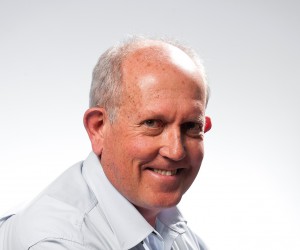The mining sector has plenty of bright, up and coming professionals coming through the ranks, but the missing ingredient in the field of blasting is experience, according to BME technical director Tony Rorke.
Rorke explains, “The real problem is that we have moved away from the apprenticeship system, and also lost many experts to other mining countries like Australia, so there is now a gap between the younger skills and the older specialists who are approaching retirement."
He said this “experience gap” was proving difficult to close because many mine-based blasting technicians and engineers were not spending enough time in the field of blasting technology to become fully proficient.
“Often, they are moved into other areas of production or management as the operations try to spread the skills available. The result has been a gradual erosion in the depth of experience on the blasting side in many mining companies.”
He said that as an explosives supplier and blasting contractor, BME often finds itself called upon to provide fundamental blasting duties that mines had historically assumed as part of their core competence.
He said it is important for mines to work collaboratively with blasting specialists from explosives suppliers rather than becoming dependent on advice from international sources who are not as familiar with their operations and not necessarily motivated to improve the expertise of mine personnel on site ; critical input from both sides is vital to ensure that the best quality blasts can be delivered cost-effectively.
BME, part of the Omnia Group, is one of the largest suppliers of explosives to the South African open pit mining and quarrying industry, and supplies a substantial percentage of Africa’s surface mining explosives. It also operates in most African countries situated in southern Africa, West Africa and East Africa. They provide regular training to customers’ staff and also to the mining sector at large, based on the rich experience gained by its own experts in the field.
“We have the benefit of dealing regularly with new blasting related challenges, giving us a great deal of experience in troubleshooting and innovation,” said Rorke.
“However, training by itself will not solve the challenge facing us,” he said. “The sector really needs to have skilled people in place who will steadily gain experience over a number of years, learning every day from their own activities and the mentoring of others.”
Developing software to make the science of blasting ever more precise, they have also pioneered the BlastMap III computer software program – now in its third generation – with complex models and useful graphics to help practitioners to design the blast they need.
Used in conjunction with the AXXIS digital initiation system, it gives customers the best blast results and assists in making blasting much more efficient, according to Rorke. It allows the fine-tuning of blast parameters that include vibration control, fragmentation optimisation, dilution control, heave control, and specialised blasting scenarios.
Sarah van Staden






